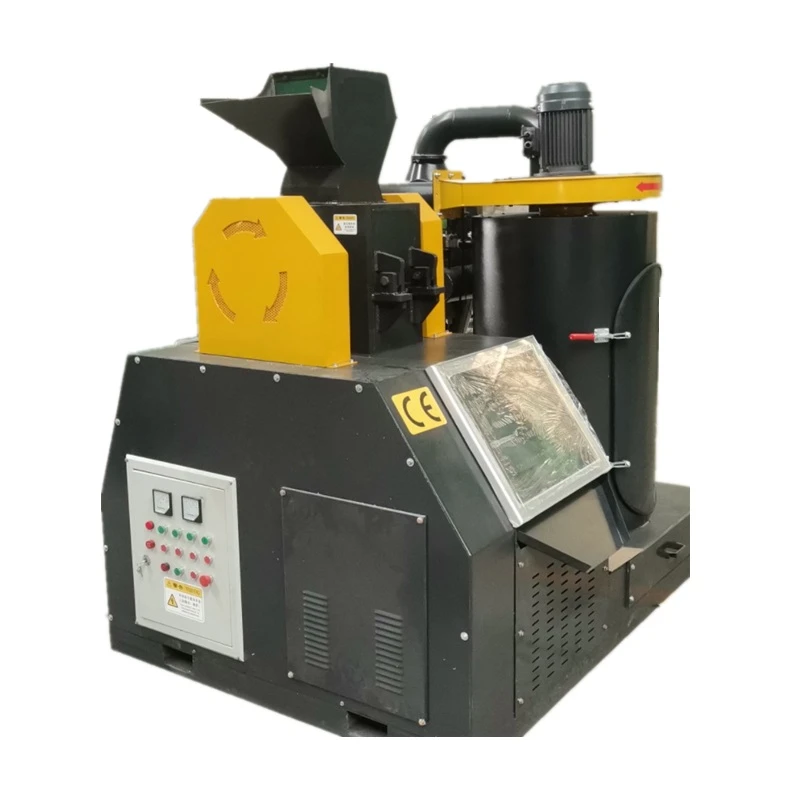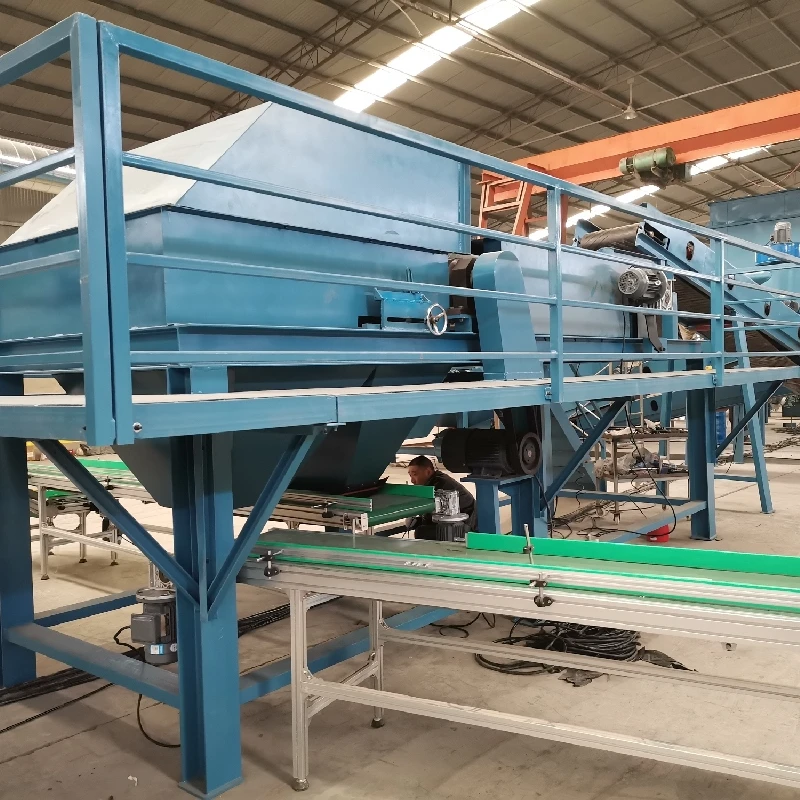Eddy current separators are vital in the recycling industry for efficiently separating non-ferrous metals such as aluminum and copper from waste material. This process significantly contributes to sustainable practices by reclaiming valuable metals that would otherwise be lost in landfills. The core principle behind eddy current separator technology revolves around electromagnetic induction, a concept that combines cutting-edge engineering with practical application.

An eddy current separator operates by utilizing a magnetic rotor with an alternating polarity, spinning rapidly inside a conveyor belt system. This magnetic rotor creates a variable magnetic field as the non-ferrous metals pass through it. As a conductive metal particle moves through this fluctuating magnetic field, it induces currents known as eddy currents within the metal. According to Lenz's Law, these eddy currents generate their own magnetic field, opposing the original magnetic field that induced them. This opposition results in a repulsive force, effectively propelling the non-ferrous metals away from the conveyor belt, separating them from non-metallic waste.
From an engineering perspective, the design and calibration of the eddy current separator are crucial for its efficiency. The rotor's speed, the strength of the magnetic field, and the conveyor belt's speed must be meticulously adjusted to accommodate different material compositions and densities encountered in various recycling streams. State-of-the-art eddy current separators feature finely tuned rotating components and advanced sensors that optimize separation performance, ensuring maximum recovery of non-ferrous metals.

The expertise required to operate and maintain eddy current separators cannot be understated. Operators must have a solid understanding of material science and electromagnetic principles. Regular maintenance checks are necessary to ensure the machinery functions optimally, as wear and tear can significantly impact performance. Technicians trained in handling such advanced machinery are invaluable, as they can quickly diagnose issues and make necessary adjustments or repairs.
how does an eddy current separator work
From an authoritative standpoint, numerous leading organizations in the recycling industry trust eddy current separators for their proven reliability and efficiency. Several case studies highlight successful implementations of this technology, underscoring its role in enhancing metal recycling rates and contributing to circular economy initiatives. By consistently recovering high-purity streams of valuable metals, industries can not only improve their bottom line but also reduce their environmental footprint.
Trustworthiness is cemented by the adherence to industry standards and regulations. Reputable manufacturers ensure their equipment complies with safety and environmental guidelines, providing peace of mind to businesses relying on their systems. Comprehensive training programs and support services are often available, further reinforcing the trust customers place in these technologies.
The evolution of eddy current separator technology continues as manufacturers integrate newer materials and smarter technologies into their designs. Some advanced systems are beginning to incorporate artificial intelligence and machine learning algorithms to predict and adapt to changing material compositions in real-time, enhancing separation strategies. These innovations aim to tackle the evolving challenges of waste management, positioning eddy current separators as indispensable tools in a sustainable future.
In conclusion, the function and importance of eddy current separators in the recycling process cannot be overstated. Their ability to efficiently separate non-ferrous metals from waste streams not only drives profit for businesses but also plays a critical environmental role by promoting sustainable material recovery. The fusion of established electromagnetic principles with cutting-edge technology ensures these separators remain at the forefront of recycling innovations, offering consistent performance and reliability.


